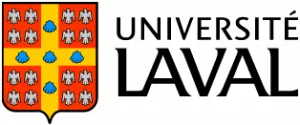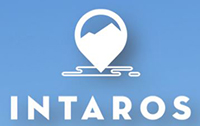
Université Laval: Located in Québec City (Canada), Université Laval boasts a tradition for academic excellence and benefits from a well established infrastructure for Arctic research. Over the past 50 years, UL scientists have developed a diversity of expertise in northern research that is unmatched elsewhere in Canada and abroad.
ArcticNet Network of Centres of Excellence. Hosted by Université Laval, ArcticNet is Canada’s Network of Centres of Excellence that brings together scientists from 32 universities with their partners in Inuit organizations, northern communities, government, and industry to help Canadians face the impacts and opportunities of climate change and globalization in the Arctic. ArcticNet has deployed the icebreaker CCGS Amundsen annually since 2002 to monitor Canadian Arctic seas. Of particular relevance to INTAROS, the ArcticNet Long-Term Oceanic Observatories (LTOO) consist of instrument lines moored at key locations in Canadian arctic seas to record current speed and direction, salinity, temperature, nutrients, chlorophyll, sediment fluxes and ambient noise, including marine mammals vocalizations. ArcticNet also contributes to the Polar Data Catalogue where oceanographic data from the Canadian Arctic are accessible (https://www.polardata.ca/). ArcticNet leads the planning of the ambitious Baffin Bay Observing System (BBOS) that shares many goals with INTAROS, under the leadership of Soren Rysgaard (U. Manitoba) and Louis Fortier (Université Laval). http://www.arcticnet.ulaval.ca/
Role in the project
Université Laval will coordinate the contribution of ArcticNet, Amundsen, Québec-Océan and CEN to INTAROS. Collaborations will focus on (1) closing critical gaps in the Arctic Observing System with innovative solutions; (2) improving the inter-operability of existing arctic observation and archiving systems; (3) involving stakeholders in the design of the research; (4) helping implement the Transatlantic Ocean Research Alliance and the Sustaining Arctic Observation Networks (SAON); (5) promoting the integrated use of Arctic land, ocean, ice and atmosphere in-situ and space-based observations from Europe, the USA, Canada and other international partners; and (6) encouraging community-based observation programs, the inclusion of indigenous and local knowledge, and capacity-building in Arctic communities.
Université Laval
2325, rue de l'Université
Québec (Québec) G1V 0A6
Canada
